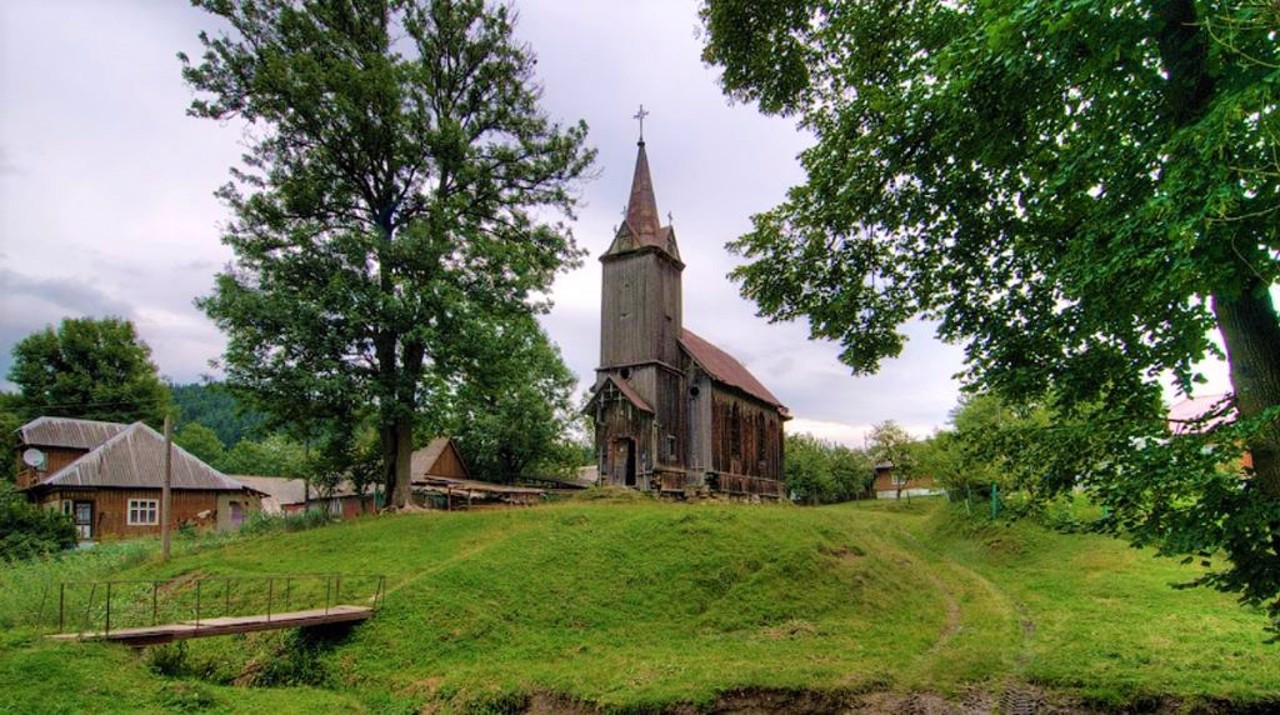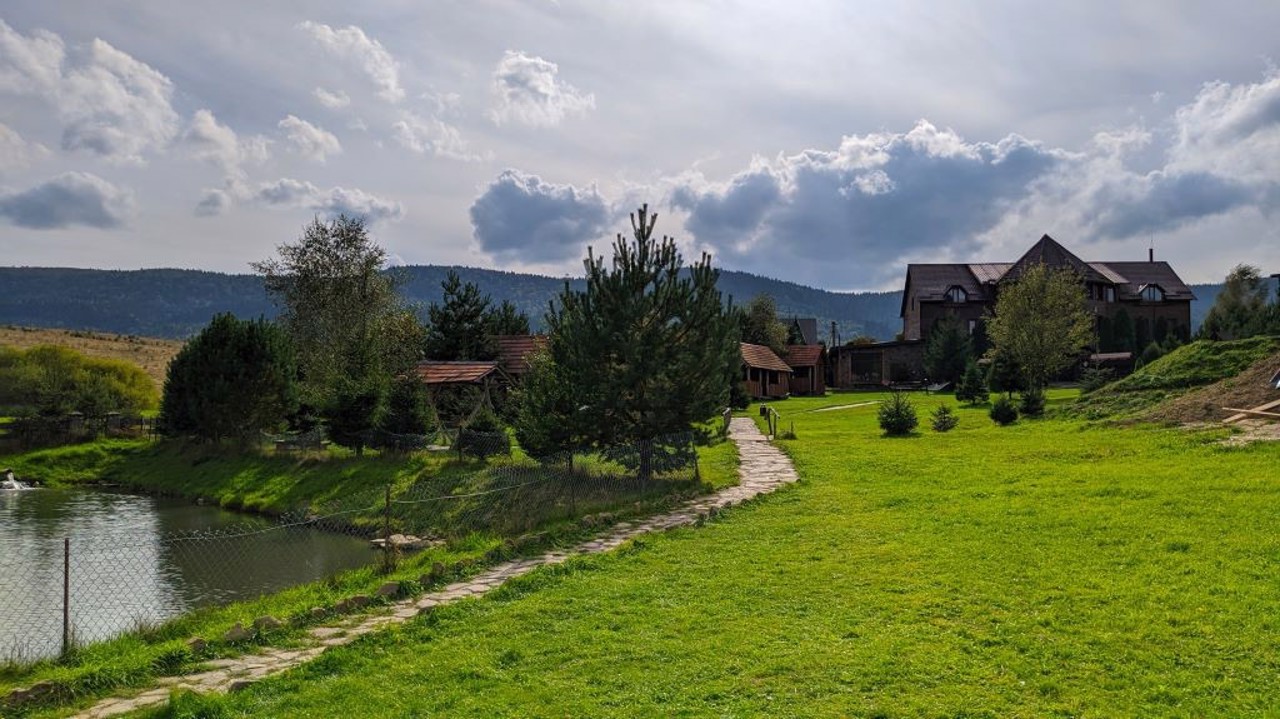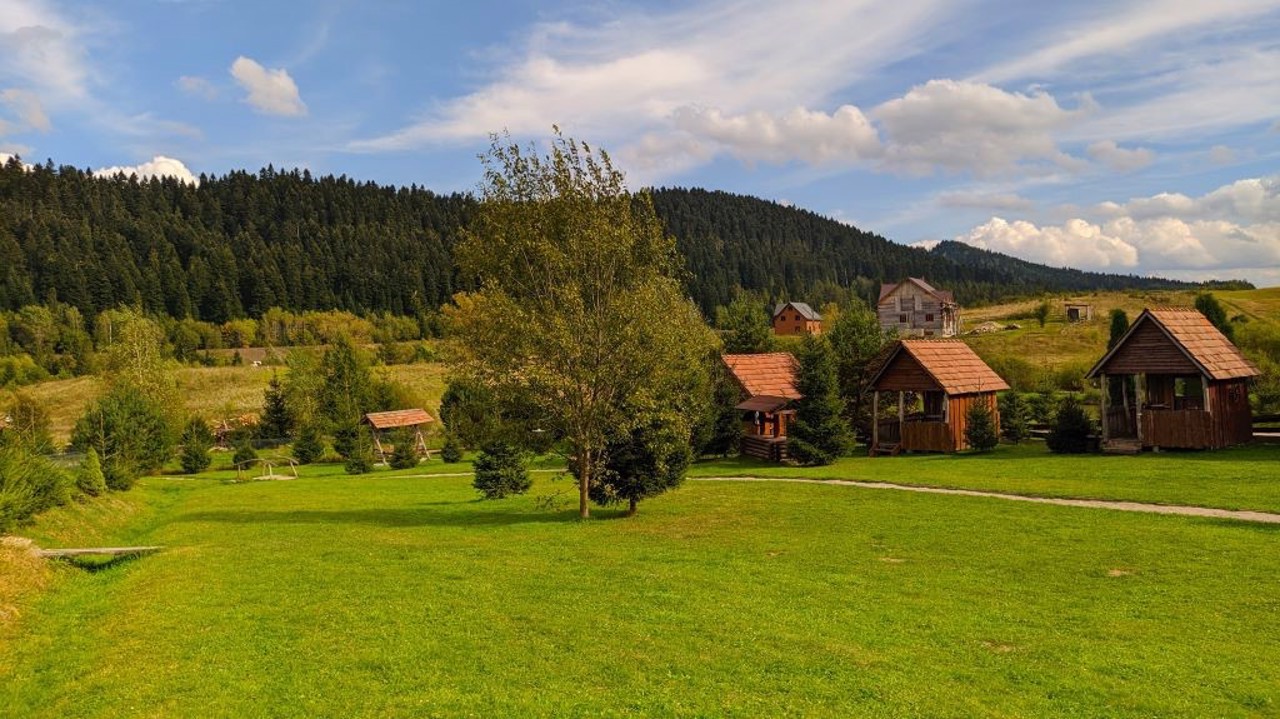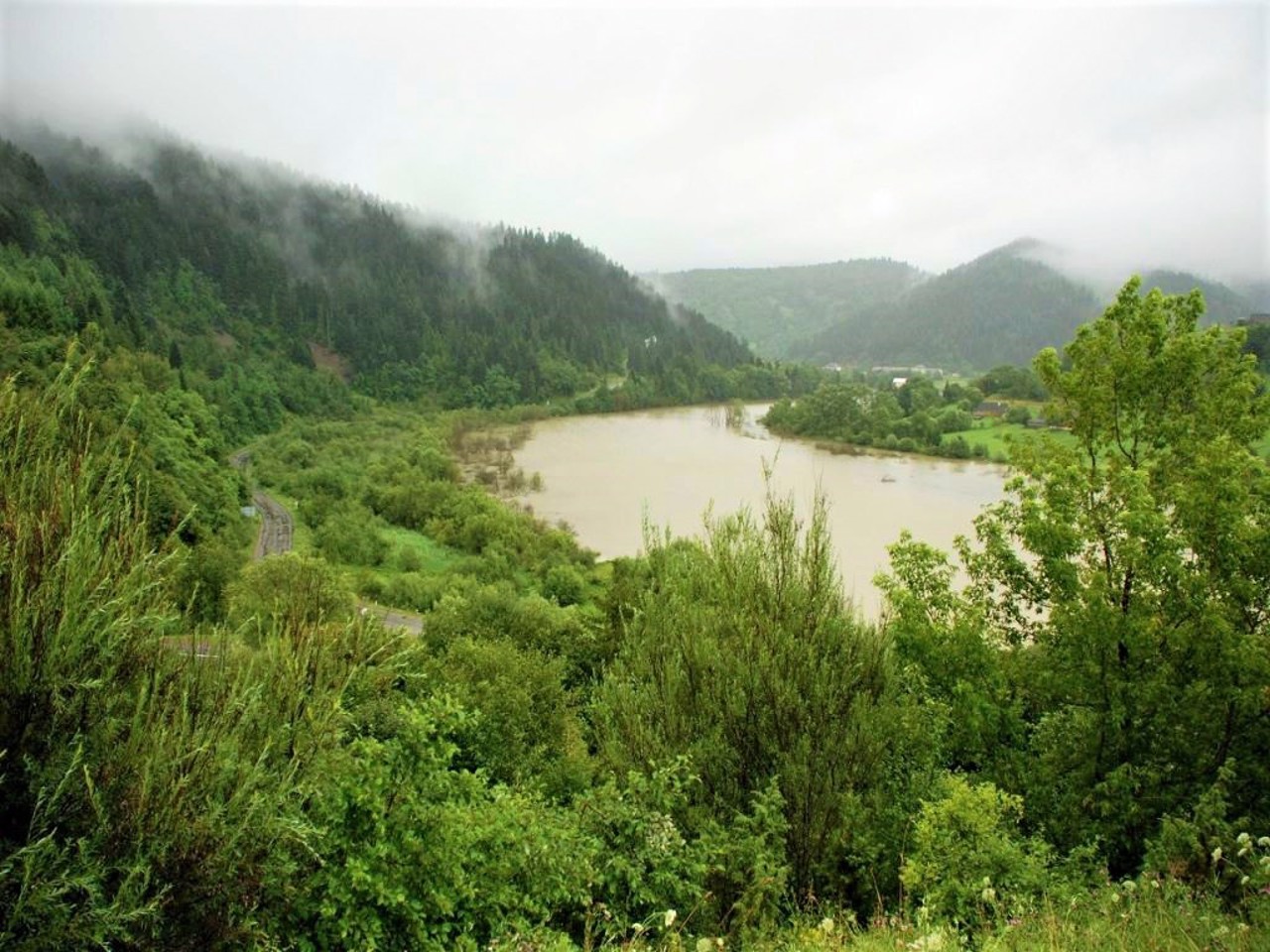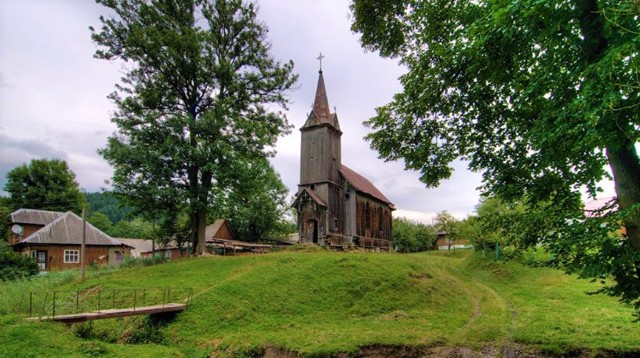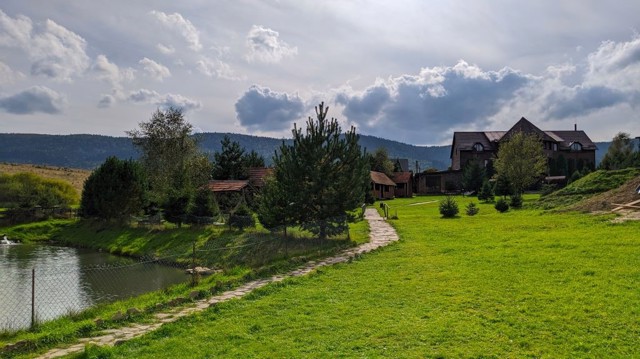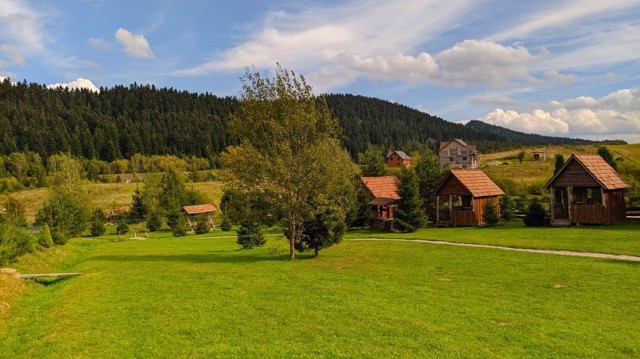Functional temporarily unavailable
General information about Rozluch
The ancient village of Rozluch is located near the source of the Dniester, on the Sambir-Uzhhorod road, near Turka.
Founded under Mount Rozluch in 1511 as Borysova Volya by Soltys Borys with the permission of Polish King Sigismund I.
On the outskirts of the village is the wooden Church of the Nativity (1876), built on the site of several older churches. The wooden church of Saint Francis (1902) was built by German settlers in the Gothic style.
There are mineral springs, a small ski lift.
Старовинне село Розлуч розташоване біля витоків Дністра, на трасі Самбір-Ужгород, поруч з Туркою.
Засноване під горою Розлуч в 1511 році як Борисова Воля солтисом Борисом з дозволу польського короля Зигмунда І.
На околиці села знаходиться дерев'яна церква Різдва (1876 рік), побудована на місці кількох давніших храмів. Дерев'яний костел Святого Франциска (1902 рік) зведений німецькими поселенцями в готичному стилі.
Є мінеральні джерела, невеликий гірськолижний витяг.
Сплануй своє перебування у Rozluch
What to see and where to go in Rozluch
Tourist attractions and museums of Rozluch
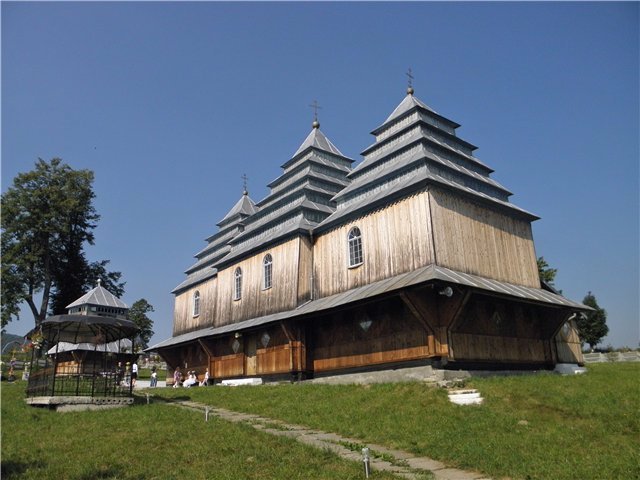
Nativity of Holy Virgin Church
Temple , Architecture
The wooden church of the Nativity of the Holy Virgin was built in Rozluch in 1876 by master Havryla Roman in a typical Boyki style.
Previously, an older temple, known since 1534, stood on this place. The three-timbered church is distinguished by multi-tiered domes. Nearby is a low two-story wooden belfry.
Belongs to the Orthodox Church of Ukraine.
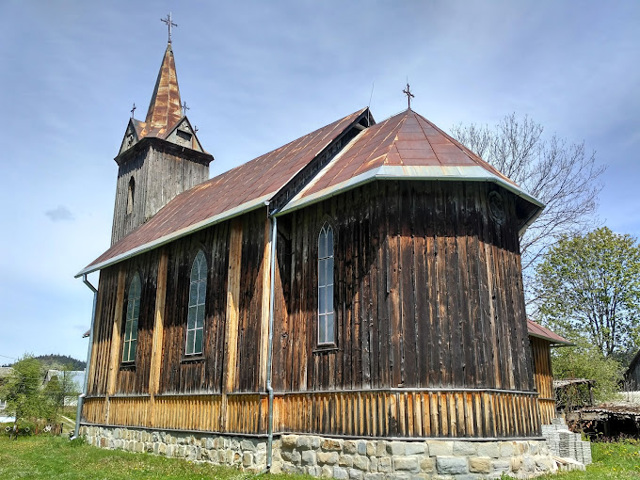
Saint Francis Borgia Church
Temple , Architecture
The Church of Saint Francis Borgia in Rozluch is a rare example of a wooden Catholic church in the Neo-Gothic style.
It was built at the beginning of the 20th century as a chapel for German colonists at the expense of parishioners and the Boni Pastoris brotherhood. The church is a unique example of wooden churches, in which neo-Gothic elements are combined with the techniques of folk architecture, which is especially noticeable in the interior.
After the Second World War, the church was used as a collective farm fertilizer warehouse, and later as a granary.
Reviews Rozluch
Geographical information about Rozluch
| {{itemKey}} | {{itemValue}} |
|---|---|
| Region |
Lviv |
